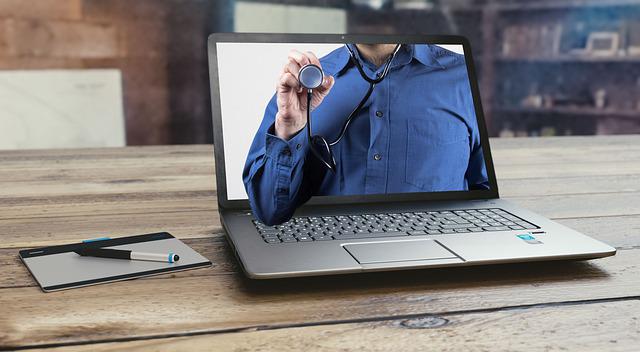Computer failures can be both technical and software. Diagnosing a fault always starts with identifying the nature of the fault. In this case, once it is established that the fault is software-related, further repair actions are carried out depending on the nature of the complaint.
Examples of possible repair situations
- The computer won't boot, free diagnostics, no urgency for repairs. Data is important.
- The computer is inspected by a technician and an action plan is drawn up, taking into account the likelihood of potential problems affecting the failure, in order to identify the problem as quickly as possible.
- When there is no urgency for repairs, all components of the computer - hard disk drive (HDD), RAM, power supply unit (PSU), processor (CPU) and its cooler, motherboard - are always tested for free. The state of the OS (operating system) is assessed. Sometimes it is possible to manage an existing system without rebuilding a new one. In this case, all the old settings remain in place. However, sometimes the existing system is so damaged that there is only one way to go - rebuild it. Once all the problems have been identified, we inform the customer about the situation and what repair alternatives are available. If the parts are bad, they can be replaced with either new or used parts. A general estimate of the work is drawn up.
- In this case, when all components are working properly (after successful tests or after replacing non-functioning components with good ones), software repairs are started. If the operating system (Windows/Linux) can be repaired without reinstalling it, the existing system is repaired. If a fresh reinstallation is needed, the first step is to connect the hard disk to another computer and to remove all the important data on it, such as photos, documents, videos, application settings. Then, with a copy of the data already available, the process begins operating system reinstallation (reinstall/restore). During operating system recovery, the hard disk can be partitioned or unpartitioned.
- When you reinstall your operating system, the first step is to install the latest drivers and updates to the system itself. Then additional standard or client-requested applications are installed and configured (e.g. Outlook email settings etc.). All saved data is loaded back.
The duration of such repairs can range from a few working hours to several working days.
- The computer boots up, but is very slow. Probably needs to be cleaned of viruses and unwanted programs. Repairs are urgent.
- A computer technician quickly assesses the condition of the computer and determines the possibility and risks of a repair timeframe. The Task Manager looks at which applications are using how much resources and performs a quick SMART test of the hard disk. This allows us to predict repair times and options with very high accuracy. The customer is informed of this.
- Special programs are used to clean your computer of viruses, junk and unwanted programs. In most cases, the computer recovers and continues working successfully. In the worst cases, a longer full testing procedure is required.
Repair time: from a few working hours.
- The computer won't boot or is new without an operating system. I need to get my computer up and running urgently. No important data.
- Condition assessment, quick tests (in the case of computers that are not new).
- Formatting the hard drive and restoring or reinstalling the operating system.
- Standard basic applications are installed, as well as additional applications requested by the client. Basic applications: browser, anti-virus, updates, document applications.
Repair time: from a few working hours

Need a repair? Contact us service contacts or just come and see us.







